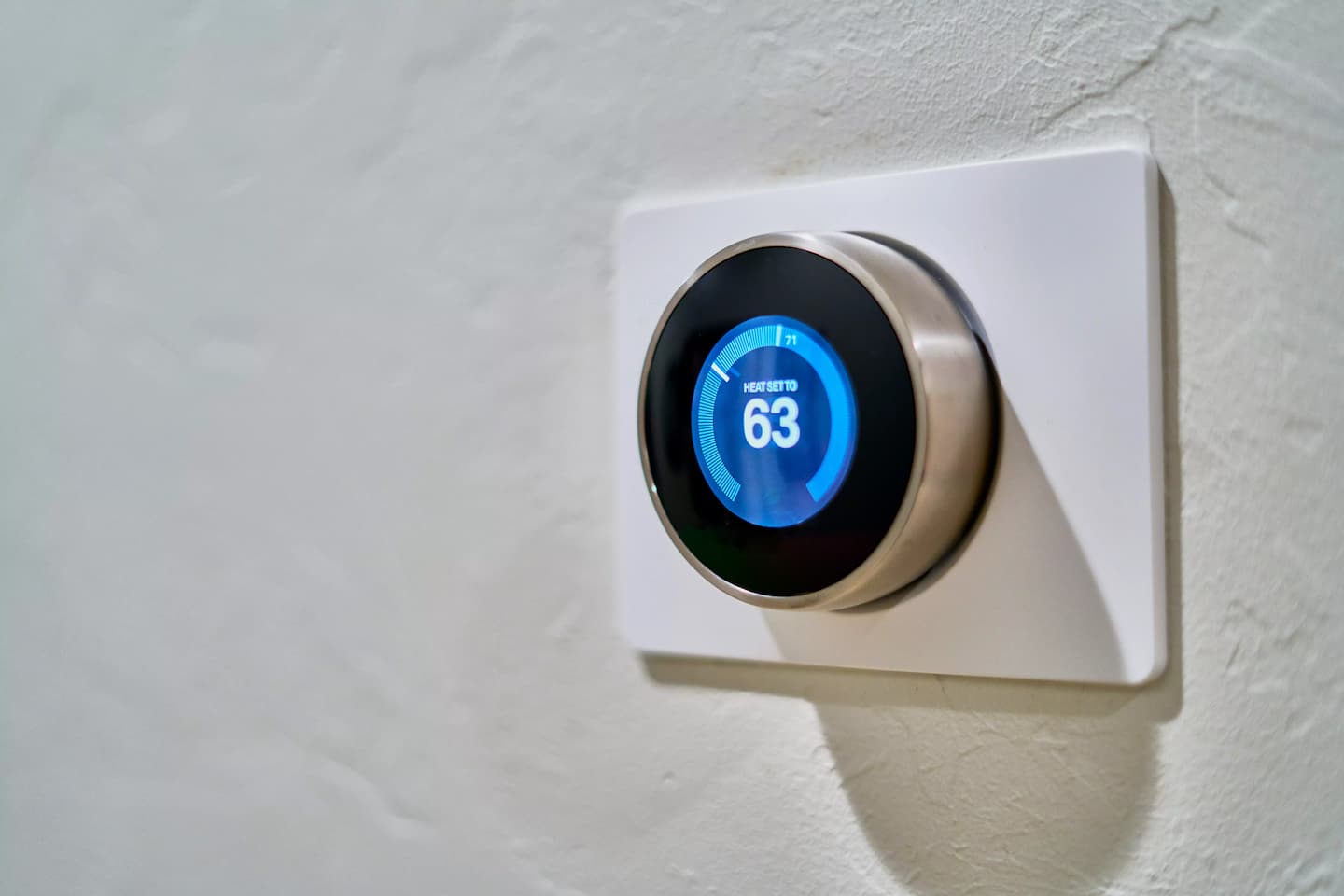Productivity Hack: Adjust Your Thermostat
Your Temperature Preference Could Be Hurting Your Work
Almost anything you can think of can have an impact on productivity. From caffeine consumption, to quality of sleep, noise levels in the office, and even thermostat settings. Our body is a homeostasis machine and it likes to maintain the perfect internal temperature. As we experience physical reactions to our environment, our mental capacity is also affected. High temperatures can cause heat stress, lowering mental performance. Conversely, low temperatures direct our bodies energy toward keeping ourselves warm causing mental energy to be lacking. Drastic temperatures not only affect employees but the technology they use as well.
Heat Stress Lowers Performance
We’ve all been there, trying to find the willpower not to yell at our boss when the office gets a little too hot. As the temperature rises, so do cortisol levels, which may explain the irritability many of us experience. Cortisol isn’t the only reason we get irritable, though. This can also happen because of dehydration or heat stress. As temperatures rise above 90 degrees, these effects are most prevalent.
High temperatures can cause dehydration and a lack of electrolytes. Our body produces sweat to cool us off, but if we haven’t consumed enough water, this may quickly lead to dehydration. Dehydration has been known to impair cognitive function. This is because our brain cells are not working properly and are forced to kick into overdrive.
Sometimes, however, our body lacks the ability to get rid of excess heat, even through sweating. This is known as heat stress which is especially applicable when working in physical labor. Not only does this impact our cognitive abilities due to energy levels, it also provides an array of factors that impact our mood. This includes headaches, dizziness, irritability, and nausea. So before you yell at your boss, see if they can lower the temperature in the building or if the cooling system needs to be inspected.
Reduced Motor Function in Cold Temperatures
Heat isn’t the only environmental factor to affect productivity. If the temperatures in the office are too low, muscles will tense up and mental energy will be starved by the body’s attempt to warm itself back up. Temperatures 68 degrees and below show a decrease in performance. In fact, in a cold environment, blood flow is sent primarily to our torso to protect organs, reducing the amount of blood flow to the brain. Further, blood flow in extremities is reduced, causing muscle tension.
Motor function is reduced in cold environments. If the job requires physical labor, this will slow productivity rates. Even typing can be affected by a freezing cold room. In a study by Berkley Lab, the number of typing errors fell by 44 percent when the office temperature changed from 68 degrees to 77 degrees. This change also increased output by 150%.
Impact of Temperature on Technology
Temperatures affect not only humans, but technology as well. Parts of the computer will generate heat regardless, so pairing this with high office temperatures will escalate the effects. When the motherboard temperature sensor detects heat it instructs hardware to slow down. Overheating can also shorten the lifespan of your computer. Computers should be kept in areas around 70 degrees, but start to face issues when exposed to temperatures 80 and above.
Thankfully, cold temperatures are less likely to harm your computer. However, rapid fluctuations in temperatures can cause condensation to form, which will damage hardware and potentially cause data loss. Constantly switching the temperatures in the office could ultimately shorten the lifespan of your technology.
Ultimately, the money saved through productivity, both of employees and technology, outweighs the money saved through heating and cooling costs. Keep your employees comfortable and output will increase.












